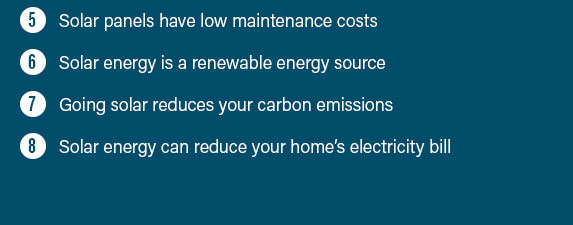 |
 |
 |
 |
 |
 |
 |
 |
 |
 |
 |
 |
 |
 |
|
 |
 |
 |
Exploring Solar Companies in Oregon: A Comprehensive GuideOregon, known for its lush landscapes and progressive environmental policies, has become a fertile ground for solar energy companies, making it a prime location for residents and businesses alike to consider harnessing the power of the sun. The state’s commitment to renewable energy, coupled with its diverse weather patterns, presents both opportunities and challenges for solar companies operating in the region. As we delve into this topic, we will examine the benefits and drawbacks of investing in solar energy in Oregon, highlighting key players in the industry and providing insights into what makes this market uniquely appealing. First and foremost, the advantages of solar energy in Oregon cannot be overstated. The state offers numerous incentives and rebates, making solar power a financially attractive option. The Oregon Department of Energy provides a range of programs designed to reduce the upfront costs of solar installations, while federal tax credits further sweeten the deal. These financial incentives, combined with the decreasing cost of solar panels and technology, make it an opportune time for Oregonians to invest in solar energy. Furthermore, the environmental benefits of solar energy align perfectly with Oregon’s green ethos, contributing to reduced carbon emissions and a cleaner environment. In terms of the market landscape, several companies have established a strong presence in Oregon, each offering unique solutions and services. Notable names include SolarWorld, which has been a significant player due to its large manufacturing plant in Hillsboro, providing both jobs and sustainable energy solutions. Another key company is SunPower, known for its high-efficiency panels and customer-centric approach. Additionally, Elemental Energy, a locally-owned business, emphasizes personalized service and has garnered praise for its commitment to community engagement and education. However, investing in solar energy in Oregon is not without its challenges. The state’s variable climate means that solar panels may not always operate at maximum efficiency, particularly during the rainy months. This necessitates careful consideration of system design and placement to maximize energy capture. Furthermore, while the upfront costs are mitigated by incentives, they still represent a significant investment that requires careful financial planning and consideration of long-term benefits. To summarize, the solar energy market in Oregon is characterized by a mix of promising opportunities and noteworthy challenges. While the financial and environmental benefits are compelling, potential investors must navigate the complexities of weather variability and initial costs. The presence of reputable companies offering innovative solutions and robust support further enhances the attractiveness of solar energy as a viable alternative for those looking to reduce their carbon footprint and embrace sustainable living. Ultimately, as Oregon continues to lead in renewable energy initiatives, the solar industry is poised for growth, offering a bright future for both the state and its inhabitants. https://www.oregonsolarworks.com/
Oregon Solarworks LLC can help outfit your home with a high performance state of the art solar electric system. Craftsmanship is our standard offering. https://www.earthlighttech.com/oregon-solar-installers
Earthlight Technologies is a local, family owned and operated solar and energy solutions company, serving OR since 2016. - Why Go Solar in Oregon? - Benefits of ... https://www.ionsolar.com/oregon
Get credit for generating excess energy. All utility companies in Oregon are required to compensate you at the market rate for excess energy your system ...
|